5. Mark Rylance
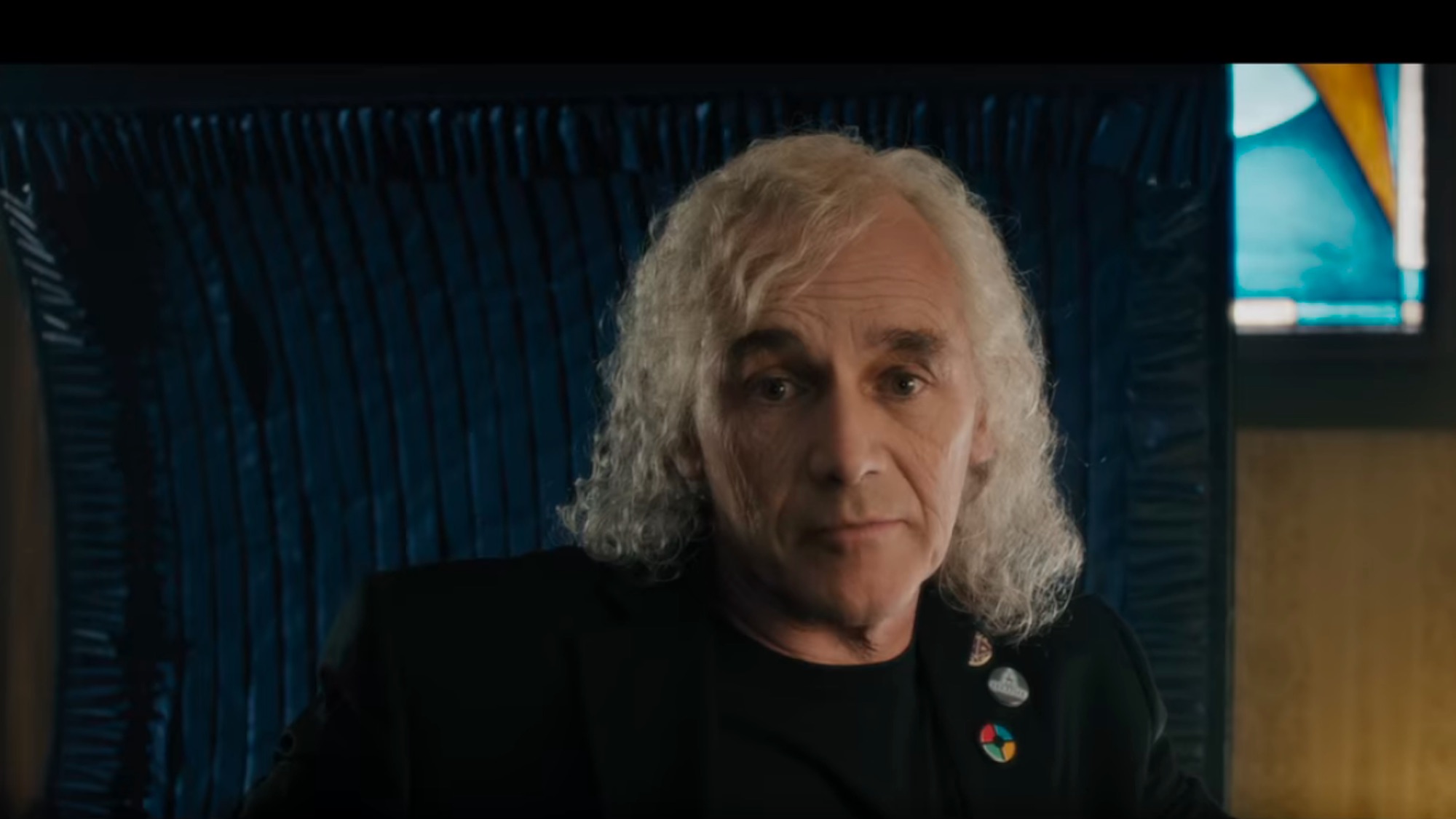
Spielberg’s new go-to actor is tasked with bringing the Willy Wonka of this story to life and he does it with aplomb. Tying back into the toning down aspect mentioned above, they change Halliday greatly. Instead of being a clear nerd genius rip-off of Willy Wonka, a loud and brash rich weirdo, they tone him down to really highlight the sadness of the character. He’s a genius and he keeps living in his past because of how empty his life was as an adult.
So in his human form, Rylance really gets the awkward genius persona down pat, but the real genius lies in how much more comfortable Rylance plays Halliday when he is in the Oasis as Anorak. No stutter and no mumbling lowly because he’s a shy nerd. He feels free and he can shed his skin. It’s never pointed out or shoved down our throat. Rylance makes Halliday feel real and helps get across the message of which the whole movie is building.
4. The Themes
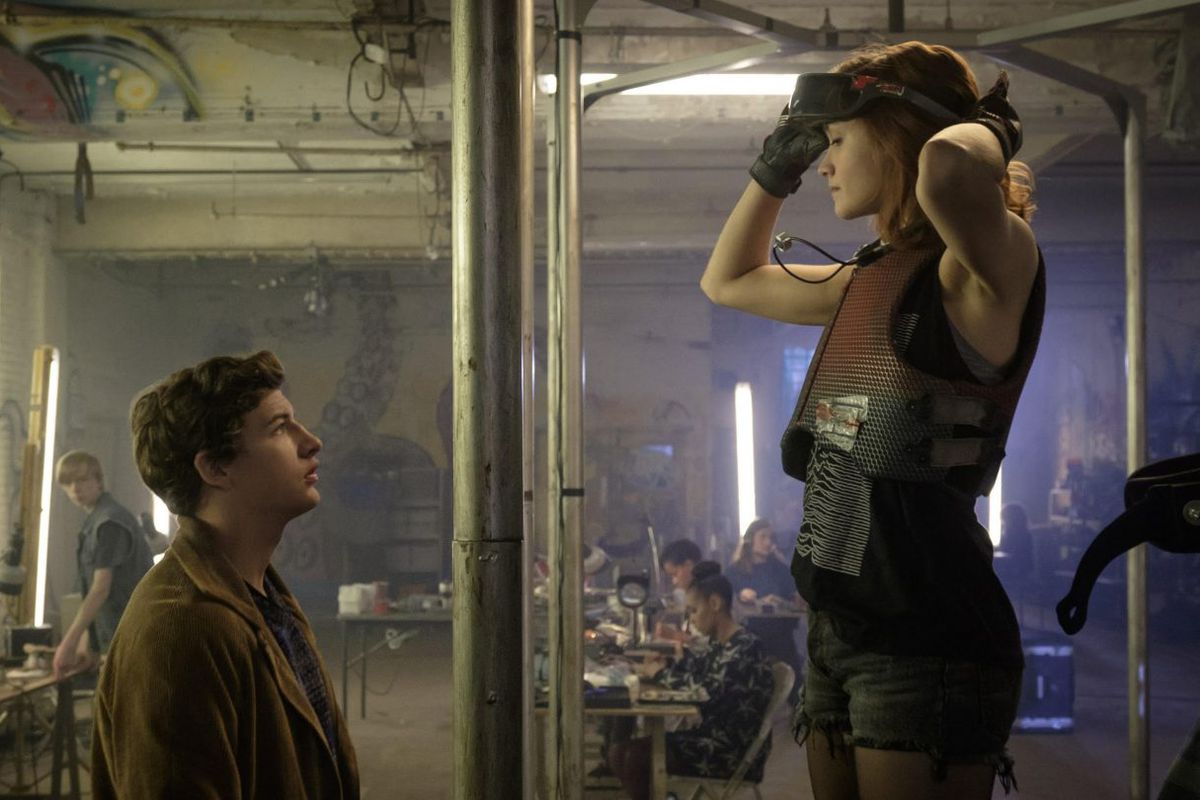
People who won’t dive into the movie and are attacking it with scores of bad faith fueling their takes assume that the movie is all about gaming culture and all about gatekeeping. That being feckless losers living life alone is the key to happiness. But that’s really not the movie at all.
Spielberg shows why gaming and this nerd life is fun, but he also keys into how the obsessiveness of it all is totally destructive on a macro and micro level. It ruins people and their social skills and their desire to make a better future.
It allows corporations to act like drug dealers and force feed the thing they love down their throats for overpriced charges because it’s all they want now. Everything else falls to the side. The movie ends with Spielberg basically saying “get off your ass nerds and go outside.”
There’s the whole aspect of the big battle only succeeding because of how Wade has to be more social and utilize the friends he’s made along the way and send out a call to action to every Oasis user to stop the thing they love from being weaponized. He has to let people in to win.
Spielberg sees the world that we are currently in and shows us a future not too far off from ours, and how we are steps away from living in this world. Letting big business rule and destroy those that aren’t the haves. What could have been an empty nerd power fantasy like the book instead becomes another civics lesson from our current King of American Cinema.
3. The Introspection
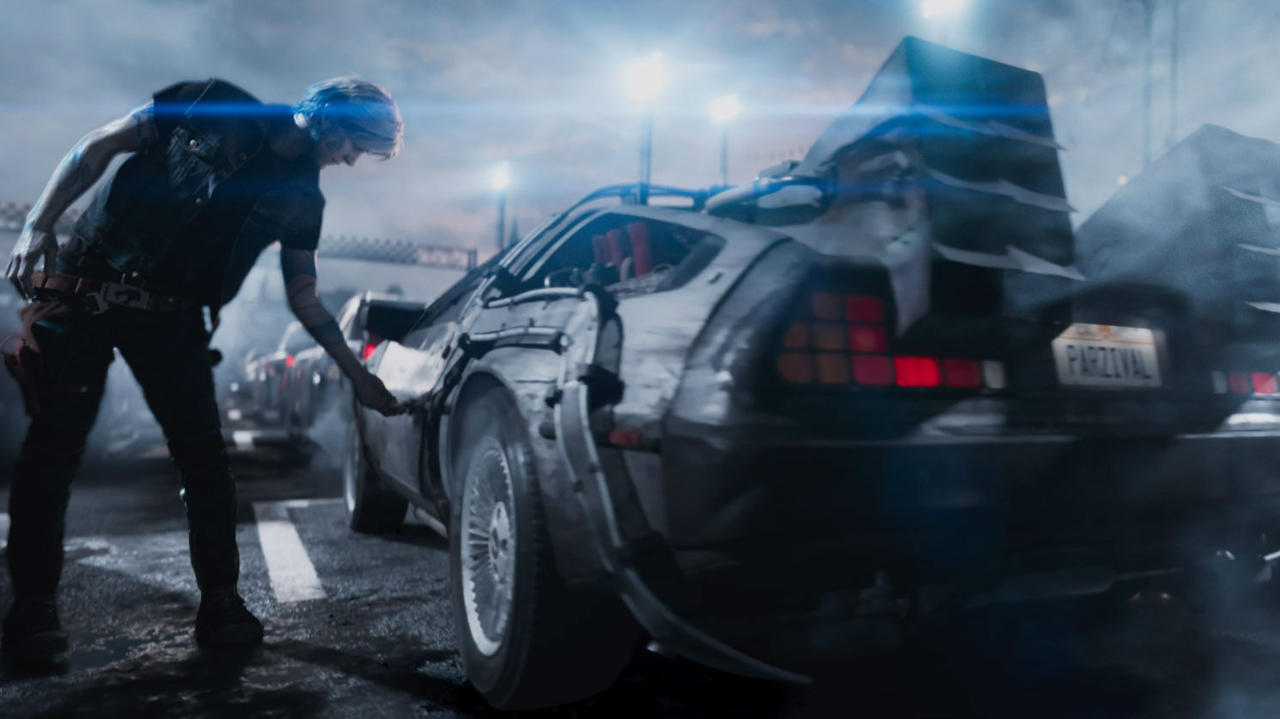
There is definitely a great deal of introspection within Spielberg making this movie. There’s no way he didn’t see this movie as a way to reconcile the world he helped to create. The man was the God of cinema in the 80s. Everything he touched was influential and the 80s is still with us today. So for him to go toward a story about the almost poisonous nostalgia the 80s has created in people can’t be an accident.
Halliday is definitely someone he connects to in a deep way, as a creator he definitely worried about becoming. A lonely genius stuck in the proverbial movie theater the same way Halliday was stuck in his games. He argues that it’s okay to love the past but to let it stay there while you grow.
This is a man who made “Raiders of the Lost Ark,” a series he created based on the serials he loved as a youth when he wasn’t allowed to make a James Bond movie. So he, as a filmmaker, is living proof of the worth of controlled nostalgia fueling the future.
But there’s something else within that piqued my interest immediately. There’s all this talk of Halliday being a creator who hated his creation. That to me, in connection with Spielberg, just reeks of a callout to George Lucas. A man who in tandem helped create the nerd culture we currently live in. But unlike Steve, he never moved past his toy sales filmmaking behemoth.
George directed “A New Hope” and then stayed a producer more interested in toy sales, until he returned to the director’s chair for his legendarily disastrous prequel trilogy. He felt beholden to that series and never showed any interest outside of it.
The experience with that trilogy hurt him greatly, to the point that he sold off his business and essentially left filmmaking behind. He disappeared into the Oasis in a way that isn’t too dissimilar to Halliday. He came to hate his creation, and his stasis as a filmmaker hurt pop culture.
Watching a master filmmaker like Spielberg wrangle with his past and the world he helped create is fascinating to behold, as is his seeming irritation at Lucas for his stubborn refusal to grow with the times.
2. His Departed Friend
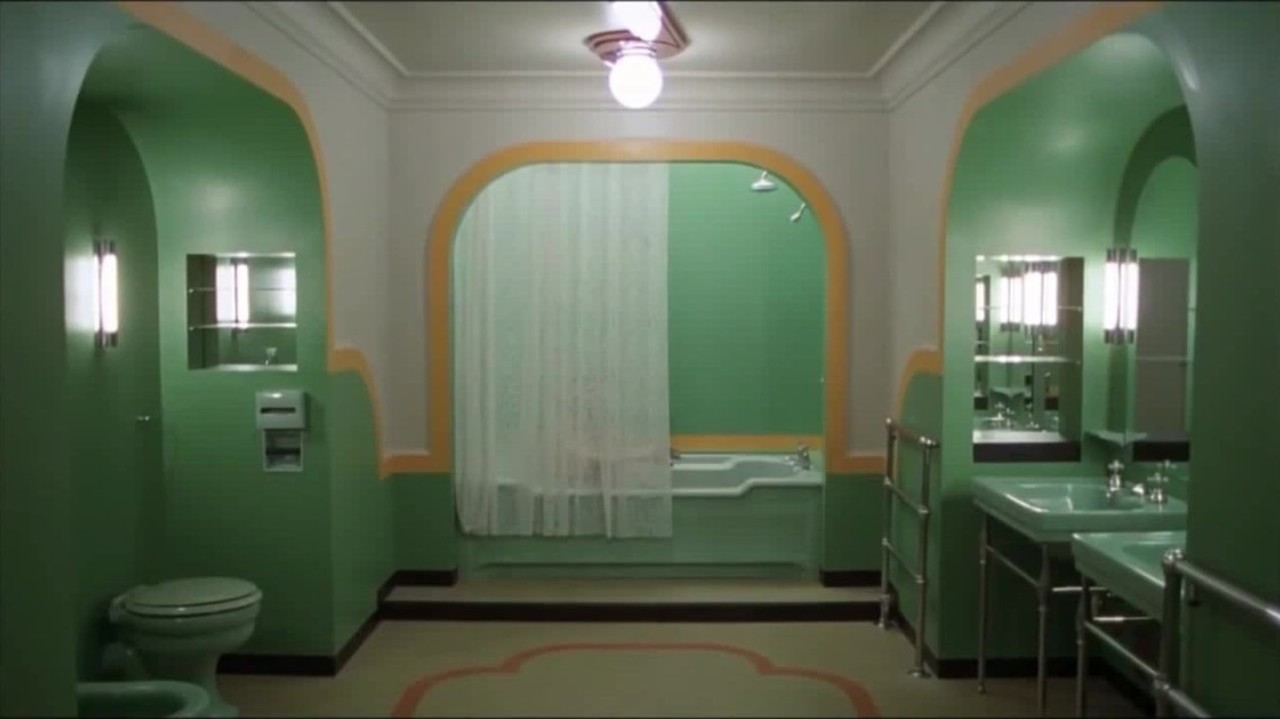
Spielberg was good friends with Stanley Kubrick. So good that Kubrick realized that “A.I.” was more fitting for Spielberg’s sensibilities than his own, handing the reins over to him. That movie than became a remembrance for Kubrick as he didn’t get a chance to see Steve bring it to finish line.
That movie became a controversial movie in Steve’s oeuvre for a long time. Everyone incorrectly assuming that Spielberg ruined Kubrick’s vision with cheese and schmaltz, ignorant to the backstory of the production of the movie and how Kubrick essentially signed off on Steve’s vision before filming.
It’s a movie that has grown in esteem in years as people have finally been able to let go of those assumptions about the movie and bask in it as its own piece while also being able to see it as the love letter to a fallen friend.
Well, Steve has another love letter to a fallen friend within this movie in the truly jaw-dropping sequence where our characters are dropped into “The Shining.” That movie was chosen by Halliday in the story because it’s an iconic movie that is hated by its creator, Stephen King.
Then when they get into the movie, they are treated to a stunningly recreated model of the Overlook Hotel. But within this simulation of “The Shining,” things are different. Artemis basically has to tell Wade to calm the hell down about Aech, saying that there are things in the simulation that aren’t in the movie.
Halliday changed things up to make the point that Kubrick changed things so he did as well, to further the point that he hates his creation in a way that King did. But it also works as a ‘screw you’ to people who were mad at Spielberg for “ruining” “A.I.” Because he didn’t. He changed things because every storyteller is different, but there’s nothing wrong with that.
Some of the darker and more “Kubrickian” elements were added by Spielberg. And in a movie about how change is good and necessary, overt references to King’s hatred of “The Shining,” which works as a subtextual callback to “A.I.”, work really well. In what could have been a nice but empty love letter to a fallen friend, Steve added many layers to this sequence. It’s another masterful stroke from the master.
1. Smashing His Toys Together
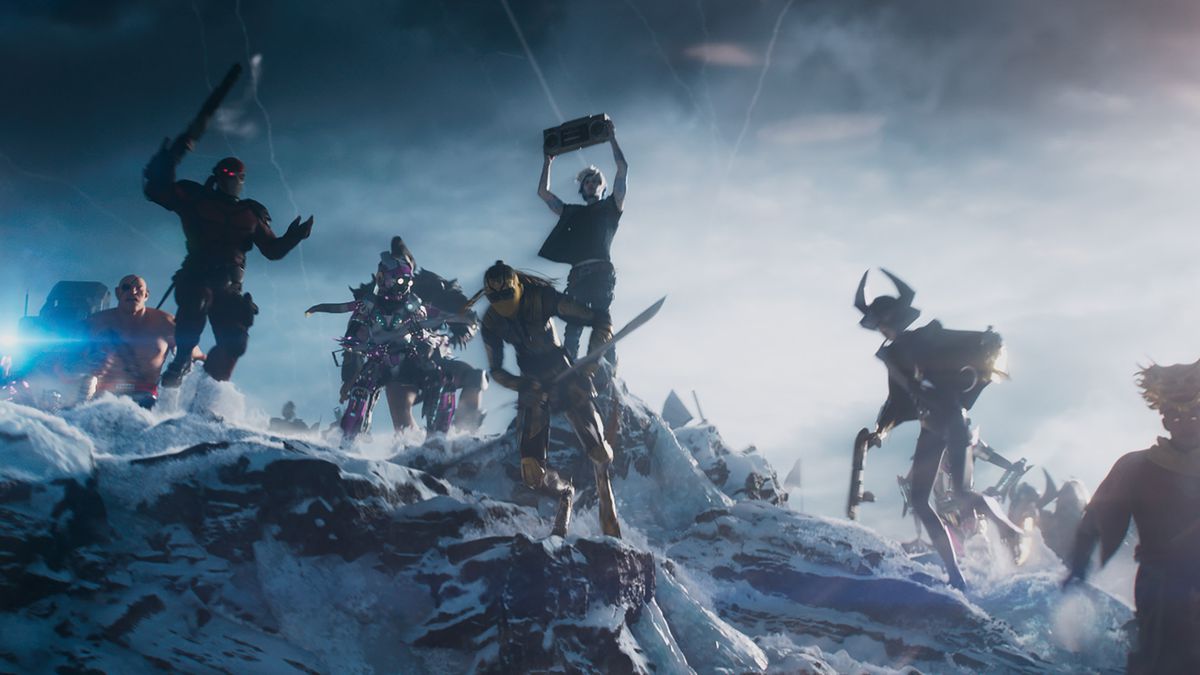
More than anything, though, this movie is about Steve just cutting loose. He’s been making grown-up movies pretty consistently since “Tintin,” with only a brief foray into kids filmmaking with the delightful “The BFG.” So, seven years of well-crafted civics lessons. They’ve been great for the most part, but you’d be lying if you said you didn’t want to see Steve cut loose again. “Tintin” is an undervalued masterpiece.
This is a man who has made some of the most fun and entertaining and thrilling movies ever. Seeing him take all these things he loves and smash them together is great because no one can make a movie like him, so a movie that’s this loud and fun and self indulgent can still work as a piece of art.
The big end battle is just watching him go back in time to that kid in Ohio smashing his toys together with a camera capturing it all. He shows he can still hang and make blockbusters with heart and brains with ease, schooling all those work-for-hire nobodies trying to stand on his shoulders with their empty exercises in overlong toy sales. Spielberg is the man and he can pretty much do anything if he cares. And this movie is all passion.